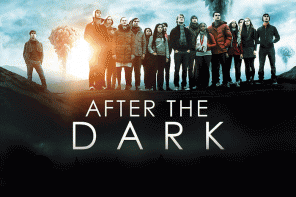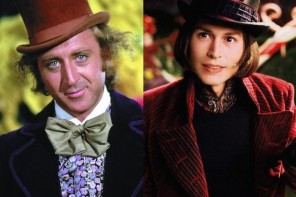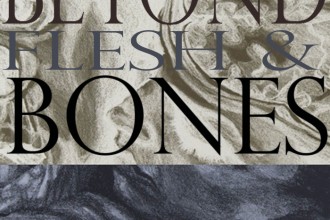“L.A. is like… nowhere. Everybody who lives here is lost.” Much like many of the characters in Gregg Araki’s 1997 cult film Nowhere. These opening lines summarise not only the film, but also the American teen popular culture at the turn of the century. Following Totally Fucked Up and The Doom Generation, a series of films which capture the difficulties of teenage life in the 90s, this is the third in Araki’s Teenage Apocalypse Trilogy.
Self-described as “90210 on acid,” the film follows a day in the life of a group of Los Angeles high school kids, with all their trials and tribulations. Between gossiping about hook-ups, repressed homosexual feelings, and alien abduction theories, the kids feel the world is against them. Although considering the number of people going missing, this idea might not only be in their heads.
The content is accessible to anyone who has been a teenager. The preoccupations with sex, self-image, and having a good time are all part of the high school experience. The introspective moments of loneliness and existentialism are also familiar territory. It’s a time in one’s life that feels completely alienating—yet collectively we all experience the same thoughts. The alien abduction plotline serves to emphasise how dire we see our teenage situation to be, believing the weight of the world rests on our shoulders. It’s a relief and a surprise that we ever get out of that phase in our lives.
The film harks back to the teen Valley comedies of the 80s, fusing black humour and irony with teen angst and existentialism. By following the superficial problems of its characters, the film both mocks them and provides a social commentary on the doomed state of society. Nothing appears real in the world of Nowhere. Many of the locations are created on film sets, intentionally simulating real life. Some are truly absurdist creations, with one interior scrawled with large writing on the walls, depicting how the character is feeling at that point. The lighting is harsh and brightly coloured, similar to a theatre stage. Much of the film is shot in mid-size frames or close-ups, creating a feeling of closeness, like watching a film within a film. Its style references music videos, and generates a scary doppelgänger in its place. Instead of the alluring gloss of MTV, Nowhere delivers a nightmare vision that sees L.A. for how fake it really is.
Even the style in which the characters speak—in a popularised San Fernando Valley tone and vernacular—feels insincere. Araki has created an entirely fake Los Angeles, one that feels even more absurd than the real one. The irony of having the original Peter and Jan Brady (Christopher Knight and Eve Plumb) make a cameo as hysterical parents may be lost on some, but Araki has constructed a calculated film underneath the satire.
In Araki’s world, Los Angeles is the centre of the universe. And Nowhere is his lead-up to the impending apocalypse. The city is a melting pot of rich capitalists, movie stars, Christian extremists, the list goes on. Amongst them all are the youth that the world seemingly revolves around. L.A. really is like nowhere else. It’s a suburban sprawl of concrete, manicured lawns, and highways. It tells it like it is, with everything out in the open. L.A. doesn’t pretend to be pretty, or hide its tens of thousands of homeless people, or its tens of thousands of million-dollar homes. “Let them be seen,” it says. L.A. inadvertently allows you to be whatever you want to be.
As a native of the city, Araki understands this well. Nowhere is both an ode to L.A’s weirdness and a dissection of its sickness. Through central character Dark Smith (James Duval) we see a search for humanity in the world (or in L.A.). In trying to find meaning, Smith accepts the fact that the world is doomed: “It’s like we all know, way down in our souls, that our generation is going to witness the end of everything. You can see it in our eyes.”
As a child who grew up being influenced by America in the 90s, I found Nowhere fascinating. Araki manages to capture the zeitgeist that was L.A. during this period. It was a time when teenagers ruled the world, or at least they felt like they did. Everything became accessible, and with that came power and the rise of the cultural phenomena known as ‘pop culture’. This defining period was pivotal to the development (or destruction) of Generation Y. Araki paints L.A. as the greatest place to be, yet the most doomed—and this resonates even more in today’s pop culture.
The apocalypse may not be a physical manifestation that wipes out the planet, but rather a slow-boiling cultural takeover. In that case, it’s certainly building, and in the Western world has its roots firmly in Los Angeles. There is something magnetic about L.A. Its draw over people continues to be a source of awe and aversion. Araki tapped into this notion with Nowhere, and it is still relevant. Time will only tell how the future pans out. In the meantime, the apocalypse is coming, and you might as well have the best seats in the house.







